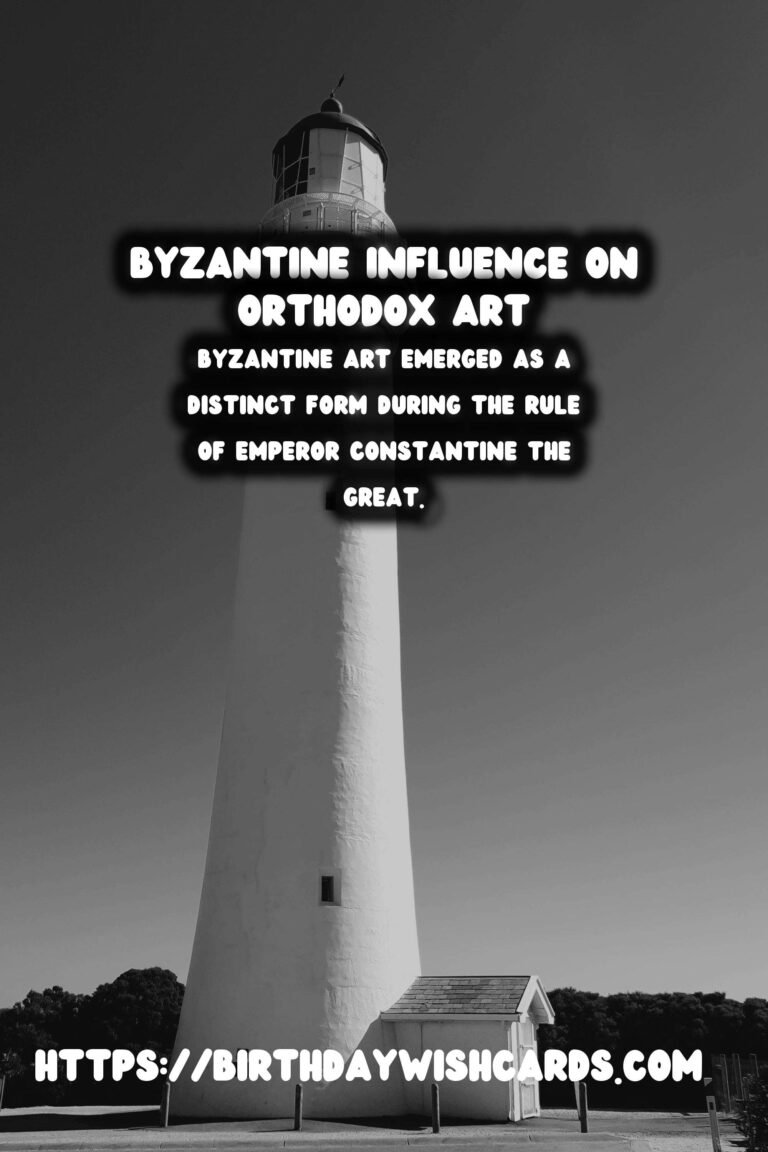
The Byzantine Empire, flourishing from approximately 330 to 1453 AD, left a profound impact on many facets of culture, religion, and art in Eastern Europe and the Near East. One of its most enduring legacies is its influence on Eastern Orthodox art—a unique and sacred expression of faith that continues to inspire and captivate the world today.
The Origins of Byzantine Art
Byzantine art emerged as a distinct form during the rule of Emperor Constantine the Great. As the empire’s capital moved to Byzantium, later known as Constantinople, there was a fusion of Roman, Greek, and early Christian art. This created a distinctive style characterized by rich colors, religious themes, and intricate detail.
The purpose of Byzantine art was primarily religious, intending to convey the divine and heavenly. It adorned churches and served as a tool for teaching the messages of Christianity to the faithful. The combination of iconography, mosaics, frescoes, and architecture formed a cohesive aesthetic that transcended the centuries.
The Role of Icons in Eastern Orthodox Worship
Icons are perhaps the most recognizable element of Eastern Orthodox art. These sacred images are not merely decorative; they are considered windows into heaven, providing a palpable connection to the divine. Icons typically depict Christ, the Virgin Mary, saints, and angels in a stylized, solemn demeanor meant to inspire reverence and contemplation.
During the Byzantine era, the veneration of icons became integral to worship and played a critical role in the liturgical life of the church. The style of these icons—characterized by elongated figures, solemn expressions, and gold backgrounds—was developed to enhance their spiritual significance.
Mosaic Masterpieces
Mosaics are another quintessential element of Byzantine art, known for their vivid colors and shimmering gold tiles. Churches and public buildings were adorned with elaborate mosaic imagery, illustrating biblical scenes and vibrant portraits of emperors, depicting both their spiritual and earthly power.
The Hagia Sophia, Istanbul’s crowning architectural jewel, holds some of the most awe-inspiring examples of Byzantine mosaics. These works not only demonstrate the artistic achievements of Byzantine practitioners but also their ability to convey theological concepts through visual art.
Architecture: A Testimony to Spiritual Grandeur
Byzantine architecture largely influenced Eastern Orthodox church design, characterized by grand domes, marble pillars, and extensive use of decorative arts. The Hagia Sophia itself exemplifies the architectural innovation of the time with its massive dome, which seemed to float ethereally above the vast and open nave.
The cross-in-square plan became a hallmark of Byzantine church architecture. This layout, allowing for both centralization and expansion, served to create a sense of heavenly ascent and divine presence, a symbolic assertion of the empire’s Christian ethos.
Continuity and Change: Byzantine Art Post-1453
Despite the fall of Constantinople in 1453, Byzantine artistic traditions endured throughout the regions of the Eastern Orthodox Church. From Russia to Greece, local variations of Byzantine art continued to evolve, adapting to regional influences while preserving the spiritual purpose and styles developed over centuries.
The legacy of Byzantine art can still be seen today in the Eastern Orthodox Church. Whether through the ritualistic use of icons or the architectural designs that evoke the presence of the divine, the visual language that originated in the Byzantine period continues to be a cornerstone of Eastern Orthodox Christian identity.
Conclusion
The Byzantine Empire, through the development of its distinct artistic style, has endowed Eastern Orthodox Christianity with a rich heritage that continues to shape its spiritual and cultural expressions. As a testament to its enduring influence, Byzantine art remains a sacred and inspiring element of religious life and a symbol of the empire’s lasting legacy.
The Byzantine Empire, flourishing from approximately 330 to 1453 AD, left a profound impact on many facets of culture, religion, and art in Eastern Europe and the Near East. Byzantine art emerged as a distinct form during the rule of Emperor Constantine the Great. 
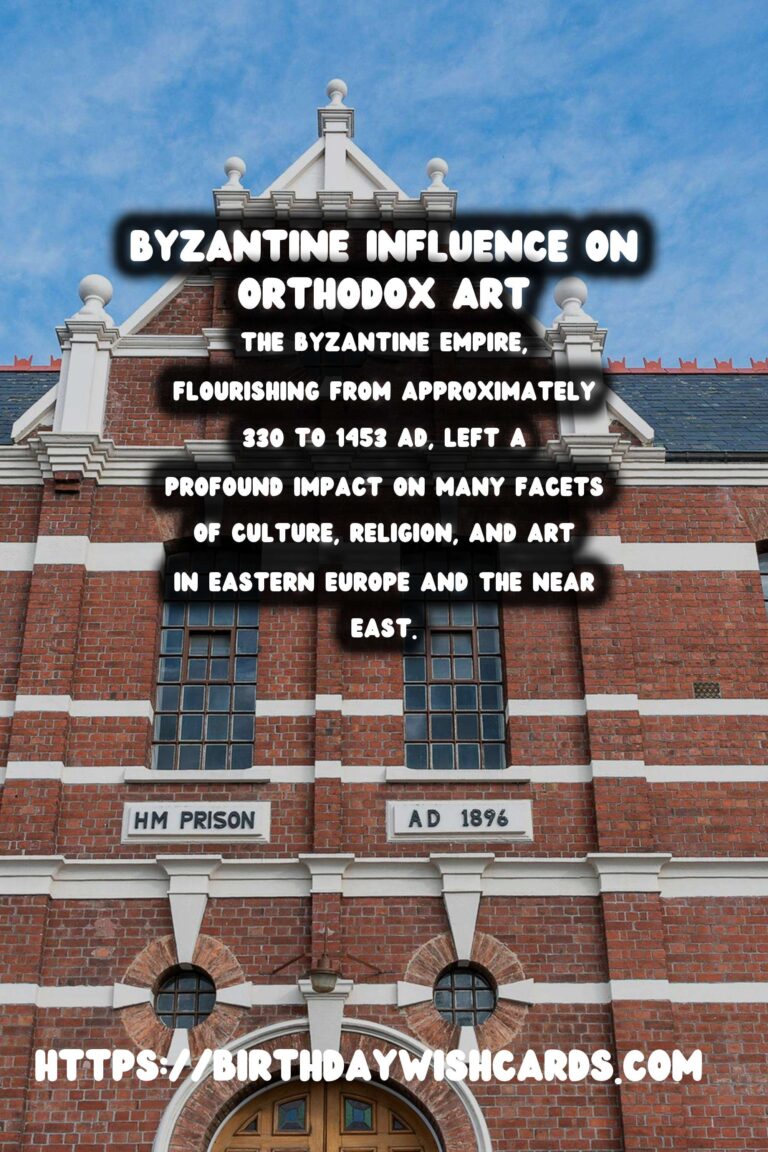
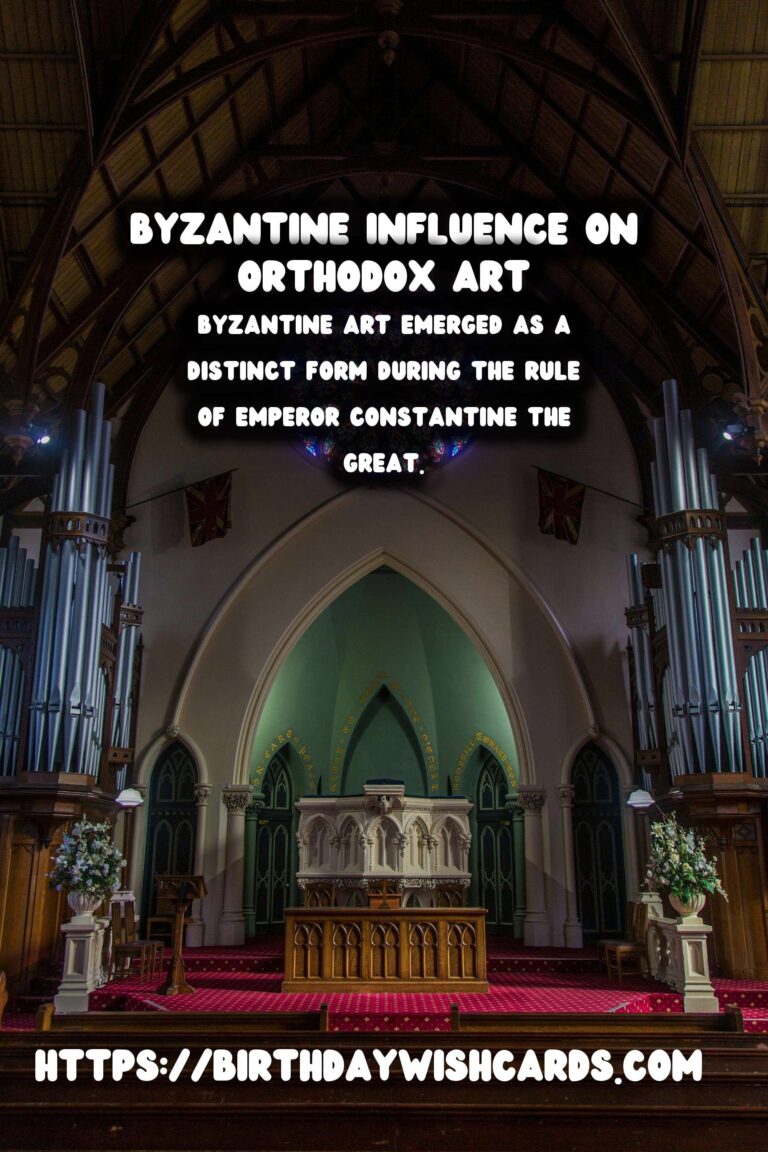
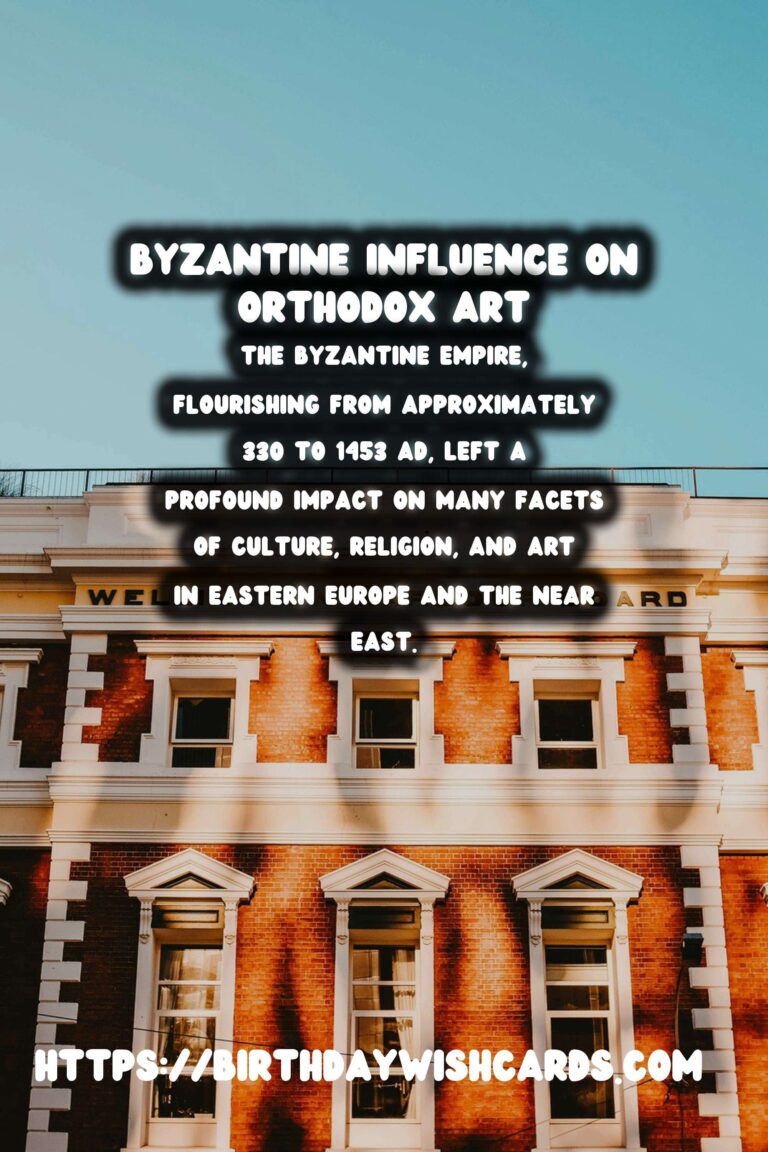
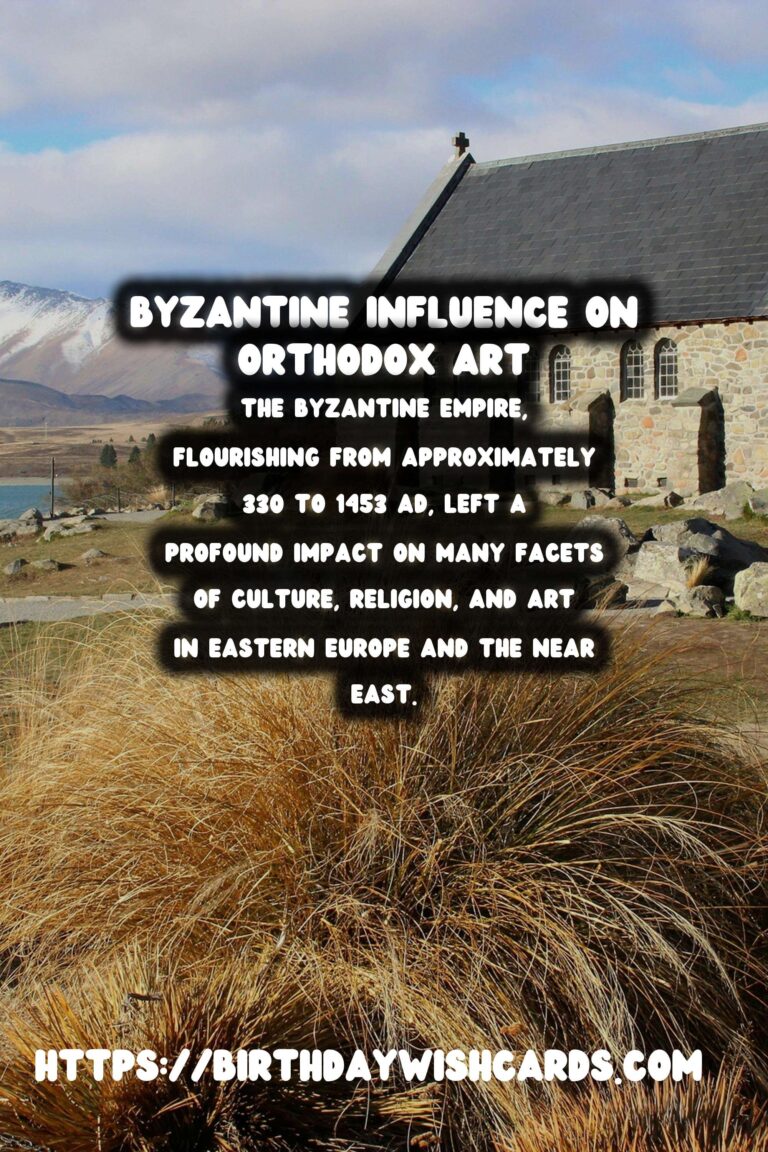
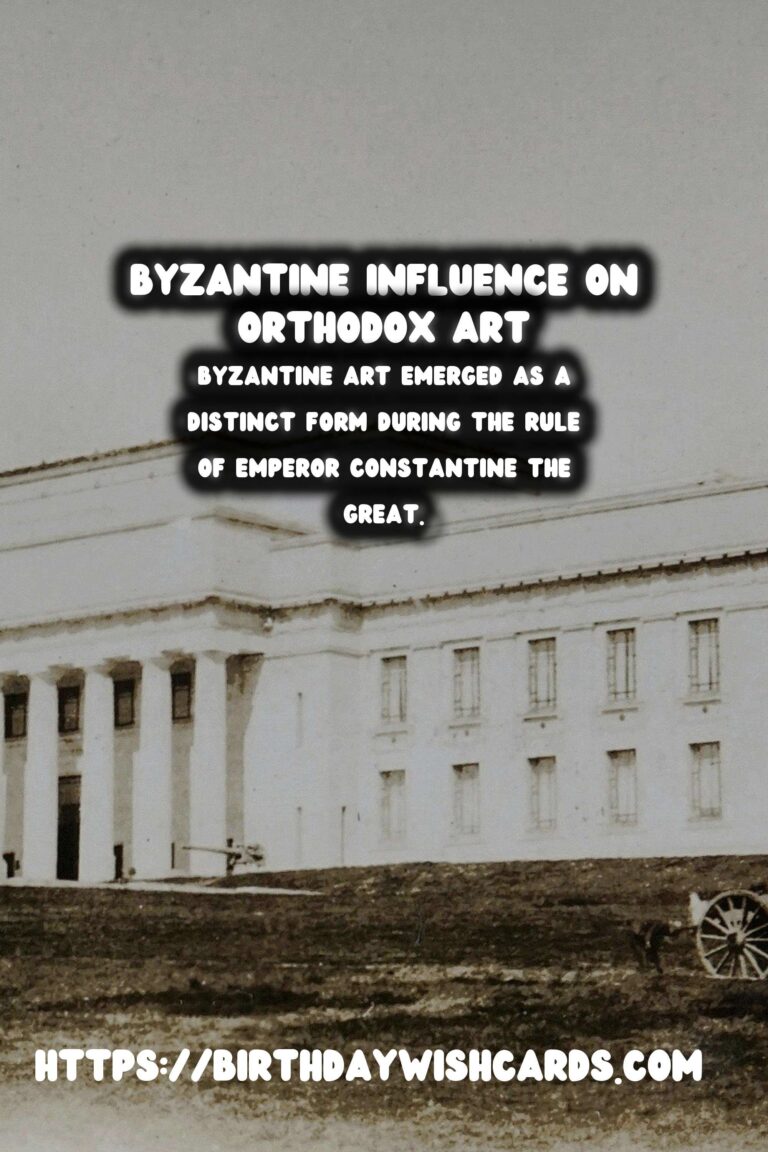
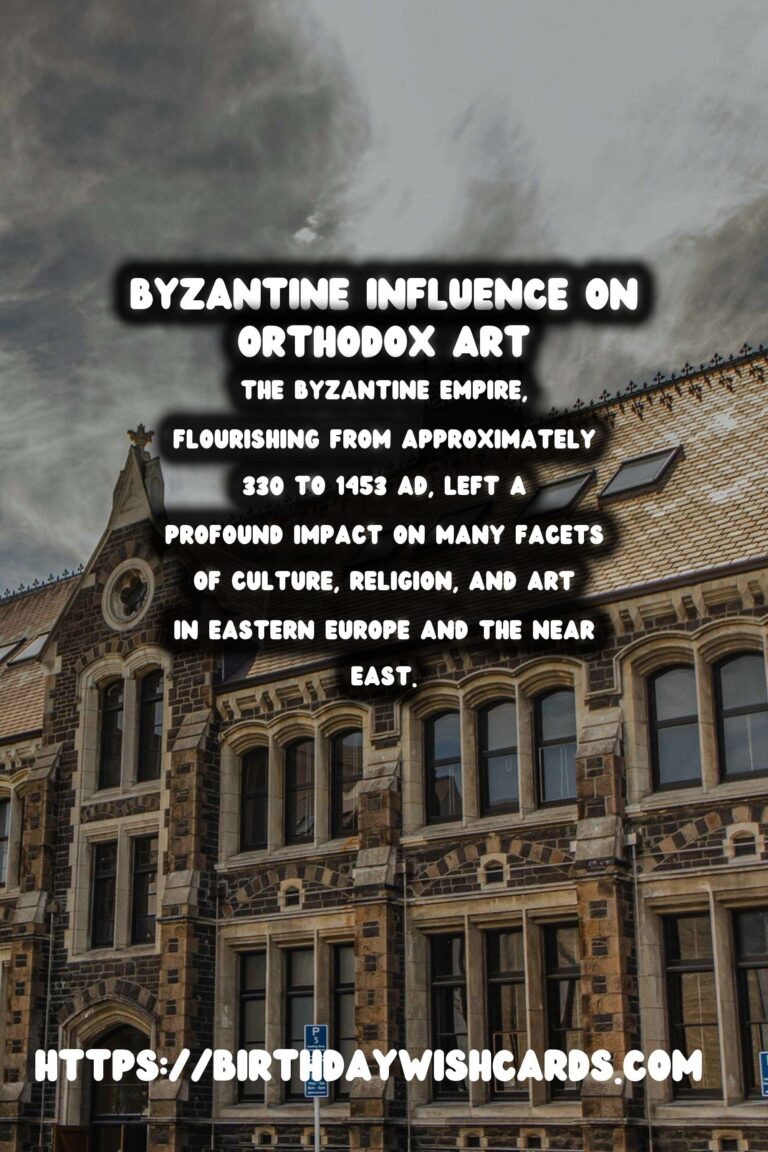
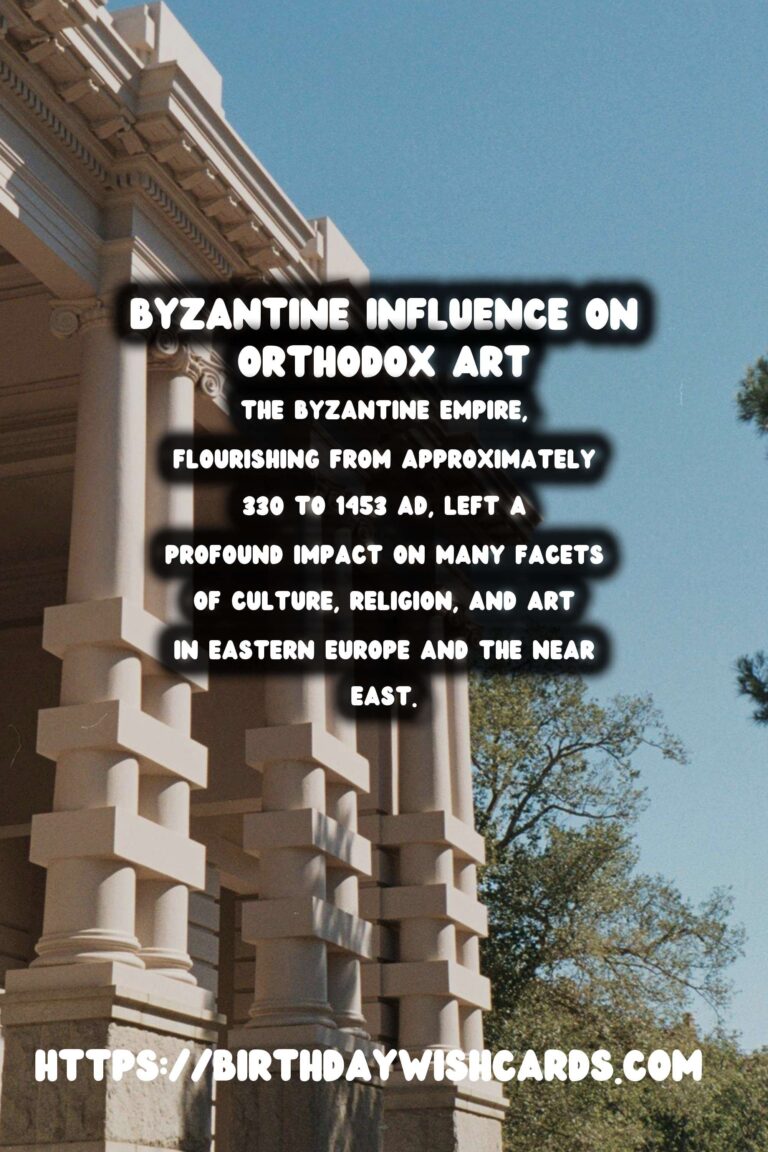
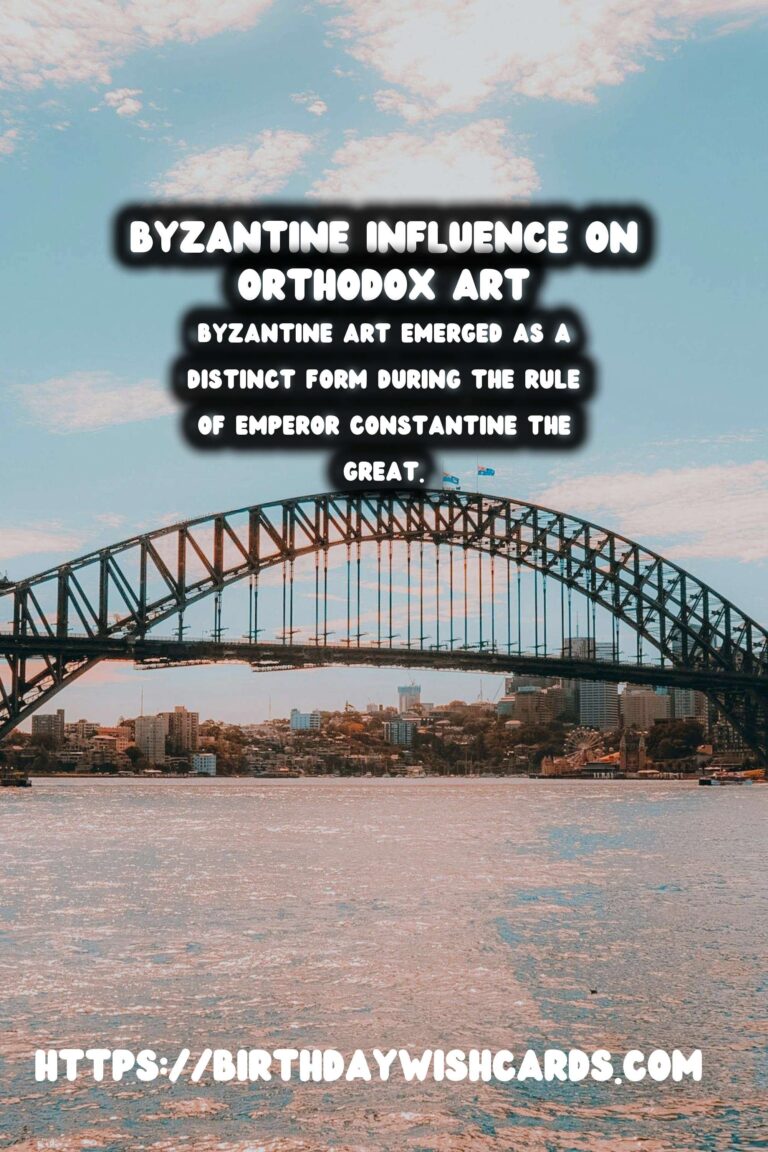
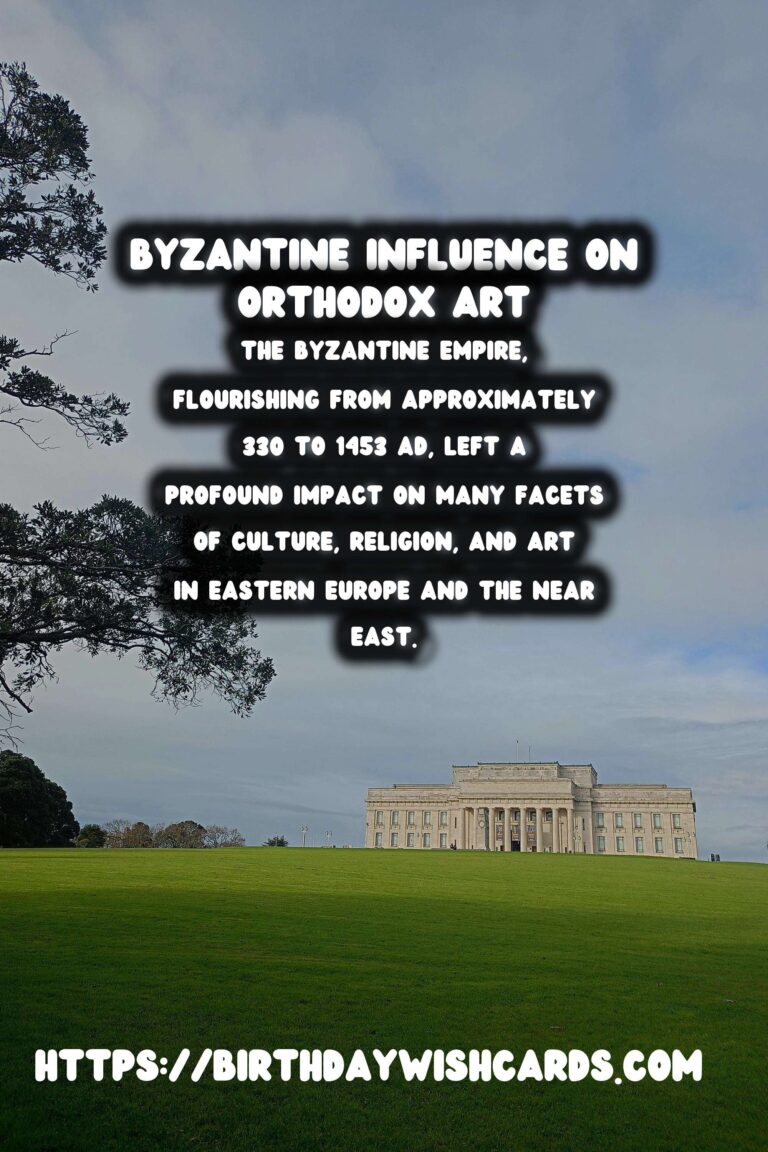
#ByzantineArt #EasternOrthodox




